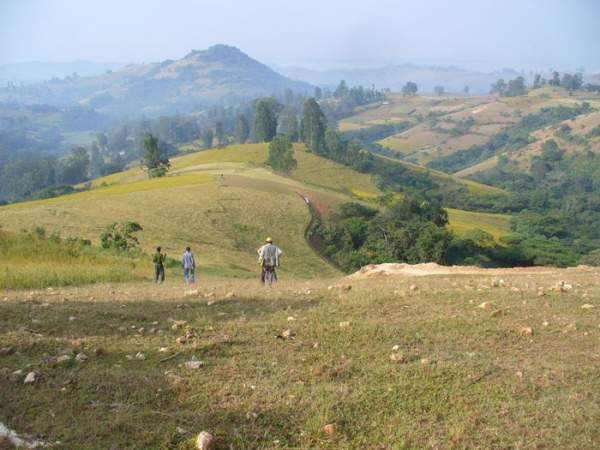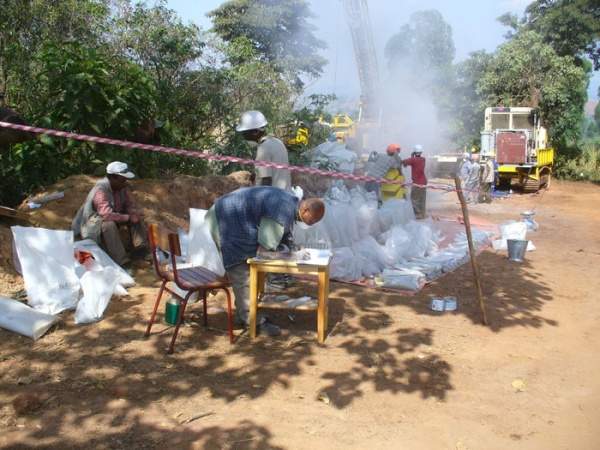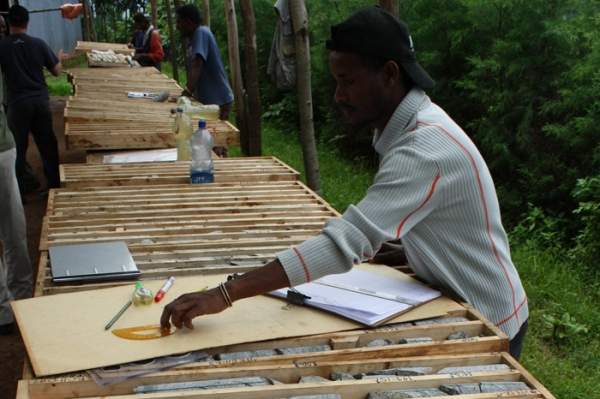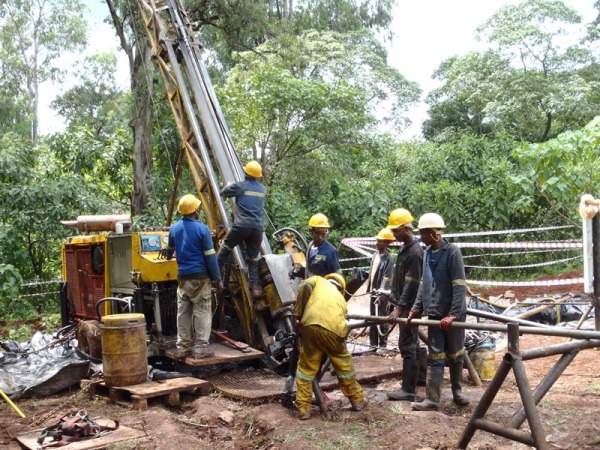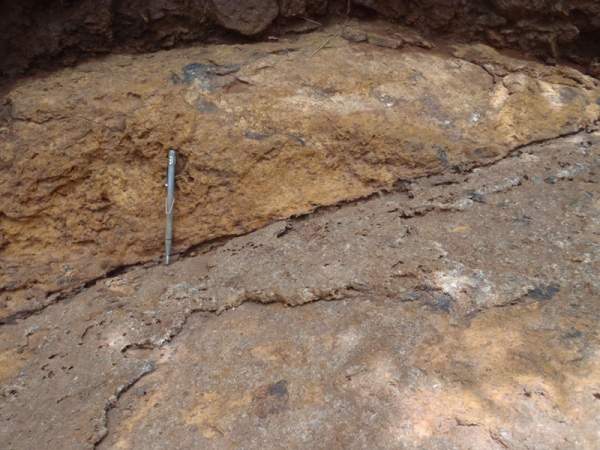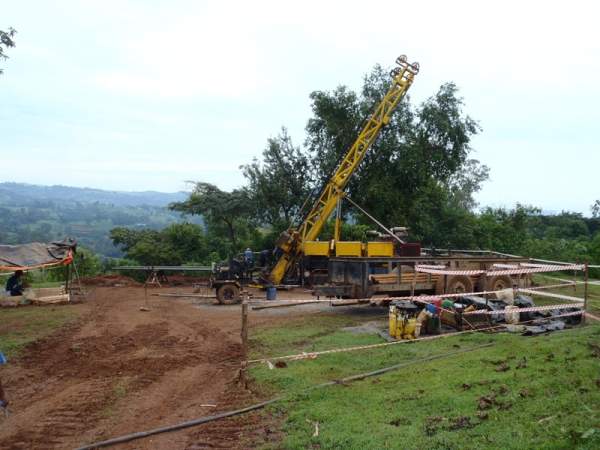Tulu Kapi Gold Mine is situated 28km east of Ayra-Gulliso town in the state of Oromia, Ethiopia. The mine is owned by KEFI Minerals, who bought 100% of the license held earlier by UK-based gold exploration and development company Nyota Minerals (Ethiopia) by 2014. The property lies in the Tulu Kapi-Ankore license area and has a surface area of 8.44km2.
SAPIE, an Italian mining company, carried out commercial scale hydro-mining at the Tulu Kapi mine during 1930s. The company did not carry out detailed work in the exploration of the mine and adjacent licenses, leaving behind the mine development.
The Tulu Kapi-Ankore exploration license was granted to Minerva Resources in May 2005.
Nyota Minerals had acquired the Tulu Kapi mining license by purchasing Minerva Resources in August 2009. Nyota Minerals further applied for the large scale mining license (LSML) at Tulu Kapi in May 2011.
Nyota Minerals launched the definitive feasibility study (DFS) of the mine in September 2011. Following the mine’s sale, KEFI Minerals altered the mine plan and launched a refined definitive feasibility study (DFS). The DFS is expected to be completed by the end of 2014 and construction is planned to begin in 2015.
Geology of the Ethiopian-based mine area
The Tulu Kapi mine lies in the northern sector of Arabian-Nubian Shield which is depicted as a granite-greenstone terrain. The deposits of the mine are hosted in Upper Proterozoic age intrusive rocks which cut through a volcano-sedimentary succession to form mafic and sericite schists.
Gold mineralisation is hosted by a coarse-grained syenite pluton into which a stream of dolerite dykes and sills were intruded.
The mine also hosts Precambrian to Tertiary age group rocks. The Precambrian rocks comprise granite, low rated volcano-sedimentary rocks consociated with mafic to ultramafic intrusions and meta intrusive rocks.
Gold reserves and estimates
The indicated resources of the Tulu Kapi mine as of March 2014 stand at 21.2 million tons (mt) graded at 2.73g/t Au. Inferred resources are estimated to be 2.89mt graded at 2.03g/t Au.
The total indicated and inferred resources in terms of gold equivalent are estimated to be more than two million ounce (moz).
Mineralisation at the Tulu Kapi gold mine
Gold Mineralisation occurs in veins, breccia and crackle zones of the Proterozoic syenites along with intrusions of porphyritic syenite, diorite and dolerite.
It is affiliated with albitisation zones which contain quartz and sulphide veins. The ore present in the deposits is expected to contain gold mixed with pyrite and silicate gangue.
The mine comprises four lode structures, designated 1, 2, 3 and 4, which are parallel to each other below the earth surface. The structures are separated by +60m or – 60m barren syenite area.
The lode structures one and two contain a simple mineralogy consisting of gold along with pyrite, sphalerite and galena. The lode structures three and four comprise sulphide metals, sphalerite, galena, arsenopyrite, chalcopyrite as well as gold and pyrite.
The mine is expected to produce 80,000oz to 85,000oz of gold a year for the ten year initial life-of-mine.
Mining and processing methods / techniques
A combination of open-pit and underground mining operation is being considered for the Tulu Kapi mine, subject to feasibility.
A central processing unit with a capacity of 1.2 million tonnes per annum is being considered.
The Tulu Kapi mine development is estimated to cost $143m. The processing is expected to cost around $500 per ounce. The operating cost for underground mining and processing is estimated at $35.83 a ton.
Contractors involved with the Ethiopian Tulu Kapi project
SENET will serve as the lead engineer for the mine’s development. The environmental and social impact assessment and tailing storage facility design will be undertaken by Golder Associates. Wardell Armstrong International is solely responsible for resource estimation, designing and planning of the mine.
SRK Consulting completed the preliminary economic assessment (PEA) for the in March 2011.

